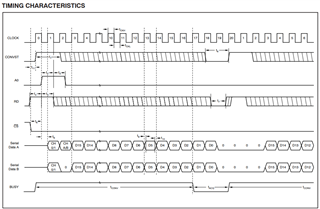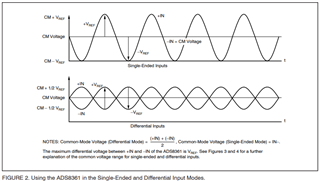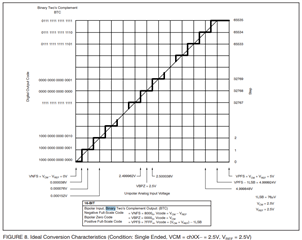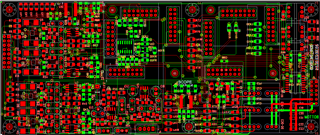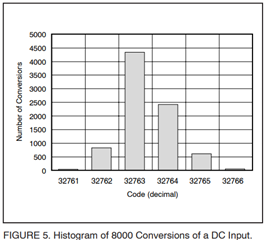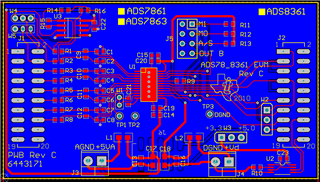Tool/software:
We are observing a count variation in the range of 100–200 LSBs, even when the input channels are shorted. This indicates potential noise, offset, or stability issues within the measurement system. Kindly suggest methods to minimize this variation and enhance measurement accuracy.




